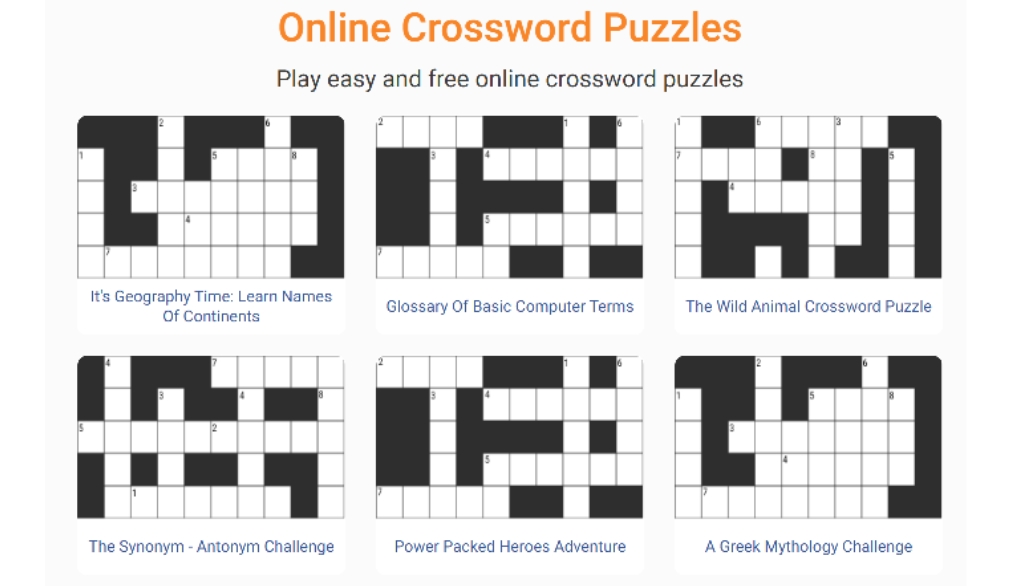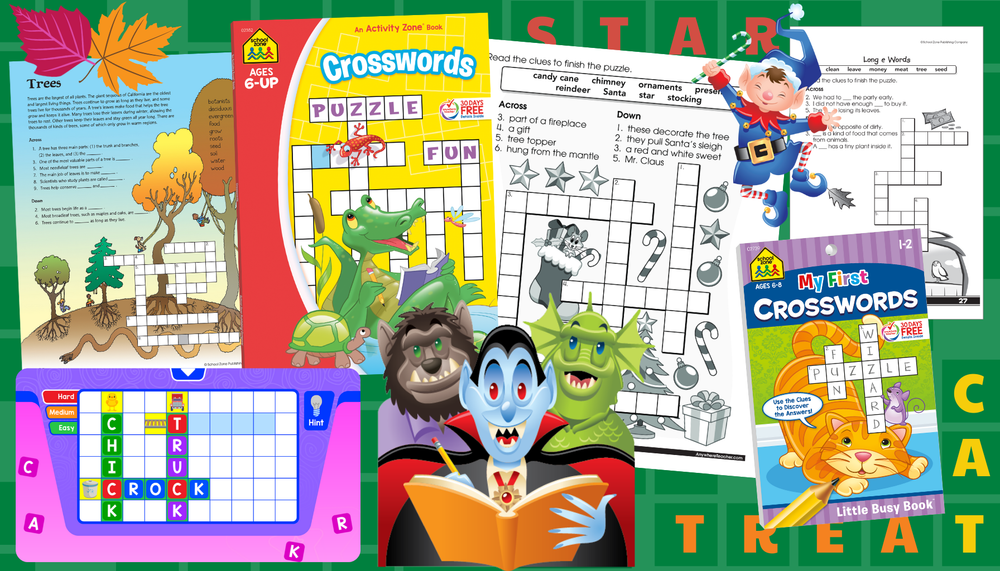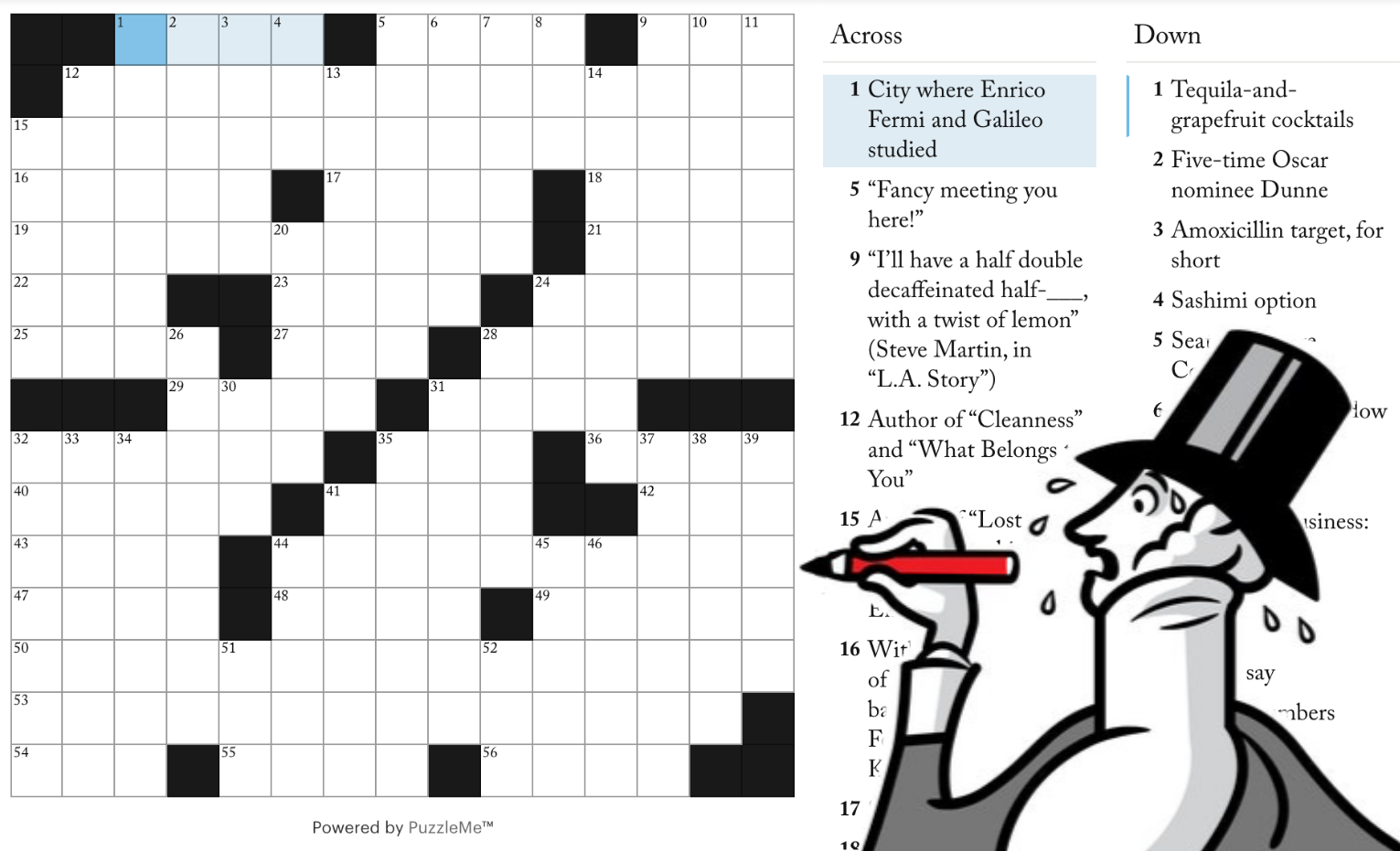Okay, here’s my blog post about my experience tackling the “excite crossword” project.

Alright folks, buckle up! Today I’m gonna walk you through my latest coding adventure: cracking the “excite crossword” thing. I ain’t no crossword expert, but I figured, hey, why not give it a shot, right?
So, first things first, I grabbed the crossword data. It was a mess of JSON – definitions, answers, grid layout, the whole shebang. Looked like a bunch of gobbledygook at first glance. I started by parsing that JSON into something usable. Used Python, cuz that’s my go-to language for this kinda stuff. Pretty straightforward, nothing fancy – just loading the file and digging into the dictionary-like structure.
Next up, I needed to figure out how to display the grid. This was where things got a bit tricky. I wanted something clean and simple, so I decided to use HTML and CSS. I whipped up a basic HTML table to represent the grid. Then, I added some CSS to make it look… well, like a crossword puzzle! Black squares, white squares, numbers in the corners – the works.
But just displaying the grid wasn’t enough. I needed to make it interactive! I wanted users to be able to click on a square and start typing in their answer. So, I added some JavaScript to handle the user input. When a user clicks on a square, it becomes active. Then, as they type, the letters appear in the square. I also added some logic to move to the next square automatically after each letter is entered.
The real brain-scratcher was dealing with the clues. I displayed the clues in a separate section of the page, grouped by “Across” and “Down.” When a user clicks on a clue, I wanted the corresponding squares in the grid to highlight. I accomplished this by adding some more JavaScript to find the starting square for each clue and then highlight all the squares in that word. Man, debugging this part was a headache! Lots of trial and error involved.

Of course, I needed to implement some kind of answer checking. This was the simplest part, surprisingly. I just compared the user’s input to the correct answer for each word. If they match, I highlighted the word in green. If not, I left it alone. Maybe later I’ll add some error messages or something, but for now, it’s good enough.
Finally, I added a “reveal” button for those moments when you’re completely stuck. Clicking this button reveals the answer to the currently selected clue. I know, it’s cheating, but hey, sometimes you just need a little help, right?
All in all, it was a fun little project. I learned a lot about working with JSON data, manipulating the DOM with JavaScript, and even a little bit about crossword puzzles! It’s not perfect, but it’s functional. I might add some more features later, like a timer or a difficulty setting. But for now, I’m happy with how it turned out.
Here’s a quick rundown of the main steps:
- Grabbed the crossword data (JSON).
- Parsed the JSON data using Python.
- Created an HTML table for the grid.
- Styled the grid with CSS.
- Added JavaScript to handle user input and highlighting.
- Implemented answer checking.
- Added a “reveal” button.
So there you have it! My “excite crossword” adventure. Hope you found it interesting, or at least mildly amusing. Now, if you’ll excuse me, I’m gonna go try and solve an actual crossword puzzle. Wish me luck!









